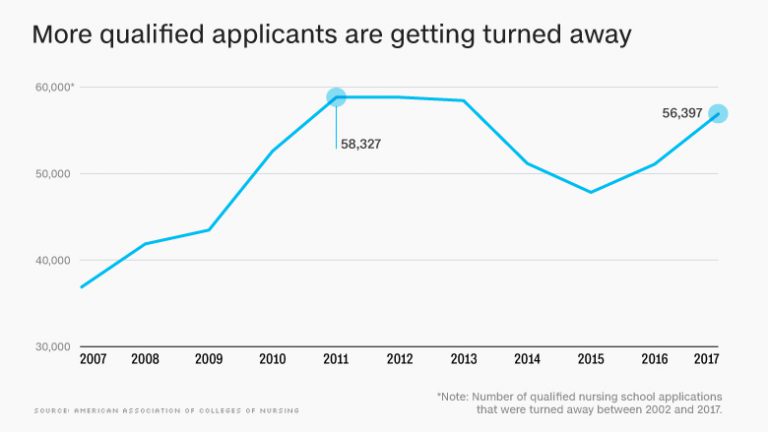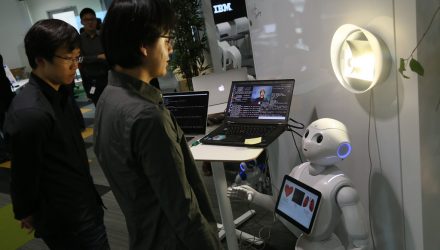By Chris Buck, ROBO Global
A shortage of nurses is already taxing an already stressed healthcare system, and there’s seemingly no end in sight. According to the American Nurses Association, there are currently about three million nurses in the US—about one million short of the number that will be needed to provide sufficient care for the fast-growing population of elderly men and women requiring care in the next five years alone.
Dr. Manish Kothari, President of SRI Ventures and a ROBO Global strategic advisor, sees eldercare robots as an obvious solution to the problem. “Two facts are clear: there will always be a need for regular nursing teams, and there will also be a severe shortage of such skilled labor. Advancements in robotics and AI are turning healthcare support and virtual nursing from concept into reality at just the right time,” says Kothari. “Augmenting human teams via eldercare robotics and AI is one of the most efficient ways to increase the quality of care for the elderly and fill that gap.”
Related: Former Google Chariman Discusses Future of AI
Japan is already putting the latest technologies into action. To help fill the country’s projected shortfall of 380,000 specialized healthcare workers by 2025, the country has been aggressively funding the development of eldercare robots. These robotic caretakers are now being used to support Japan’s overburdened healthcare workforce by helping manage medical adherence, providing much-needed entertainment and companionship, leading exercise and rehabilitation programs, and more. Here in the US, the shortage of nurses makes this approach a mandatory next step for us as well.
This perfect storm has been brewing for decades. As more baby-boomer nurses reach retirement age each year, a mass exodus has created a healthcare workforce shortage of critical proportions. According to the AMN Healthcare 2017 Survey of Registered Nurses, the percentage of nurses planning to retire in less than a year jumped to 27% in 2017—up more than 10% from 2015. And the US Bureau of Labor Statistics has predicted that there will be more than 600,000 job openings every year for healthcare practitioners and technical healthcare occupations over the next decade. That’s a huge problem, because US nursing schools simply aren’t able to fill the gap.
According to Robert Rosseter, spokesman for the American Association of Colleges of Nursing, “There’s tremendous demand from students who want to enter nursing programs, but schools are tapped out.” With the educational system at maximum capacity, US nursing schools are turning away tens of thousands of potential nurses every year; nearly 60,000 qualified applicants were rejected from undergraduate nursing programs in 2017 alone.
![]()

AMR Healthcare believes these numbers should be an industry wake-up call. “The healthcare industry will need solutions to cope with this impending crisis.”
